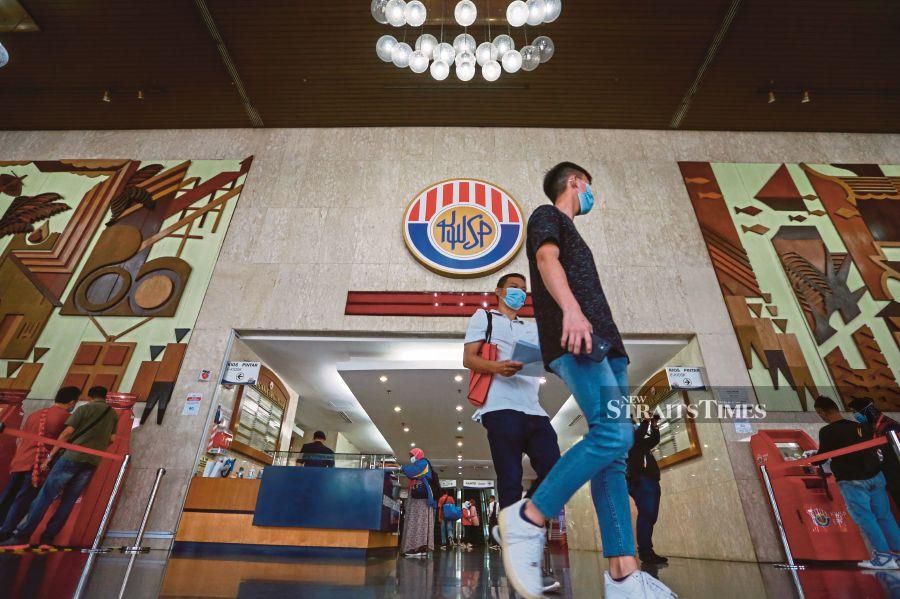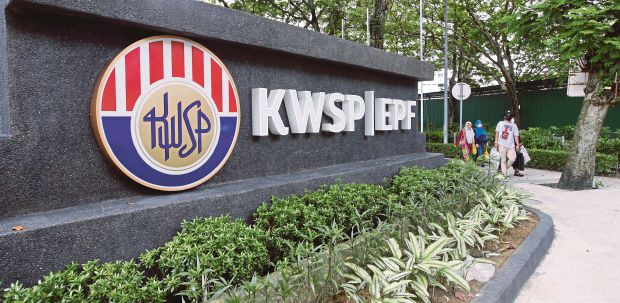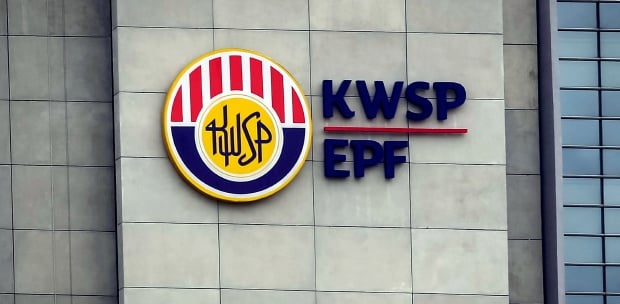LETTERS: The Employees Provident Fund (EPF) should be reformed to reflect the spirit and changes of the times.
The main issues are the low salaries and contributions of B40 households and some M40 households, and the wide gulf between those getting high and low salaries.
The gap is the main reason why the country has one of the worst income gaps in the world, according to the Gini coefficient analysis.
The government, EPF and workers should take note of a former prime minister's suggestion about dividends.
EPF gives five to seven per cent annual dividends as compared with two to three per cent interest by commercial banks.
What happens is that the dividends EPF gets have to be spread thinly over the trillion ringgit fund.
If EPF were to manage a smaller fund, it could declare dividends of at least 10 percent annually as its investments in blue chips, equities and shares give a yield higher than the roughly five per cent it declares every year.
Due to the billions not invested and the huge size of the fund, EPF profits are spread thin, hence the smaller dividends.
This affects the low-income group as its accumulated amount snowballs slowly and it affects the total amount when they retire.
It is better to restructure the dividend payment scheme whereby contributors with less than RM500,000 be paid five to 10 per cent dividend, those with RM500,000 to RM1 million get three per cent, and those with more than a RM1 million get less than three.
Pension funds in some countries take more risks and can influence bourses and bond markets and increases profits.
This is not the case with EPF, which acts under different constraints.
Restructuring the dividend payment system will benefit the millions of poor contributors.
V. THOMAS
Sungai Buloh, Selangor
The views expressed in this article are the author's own and do not necessarily reflect those of the New Straits Times





